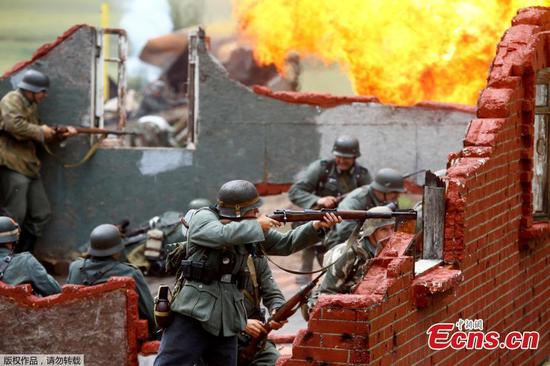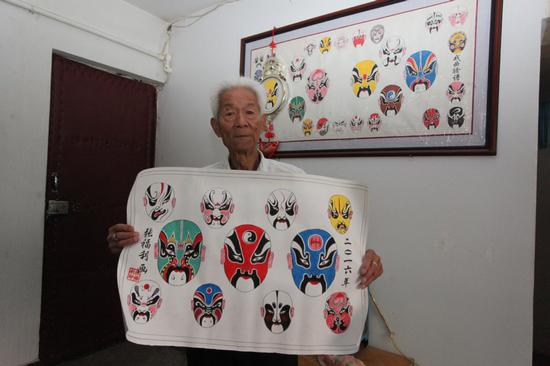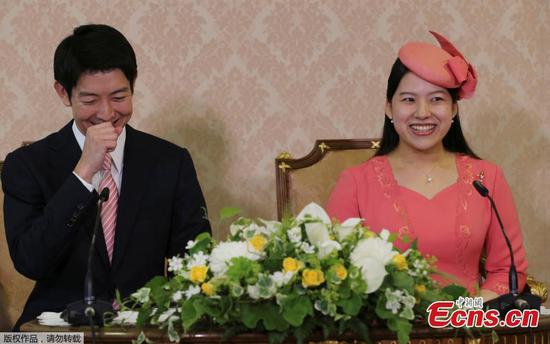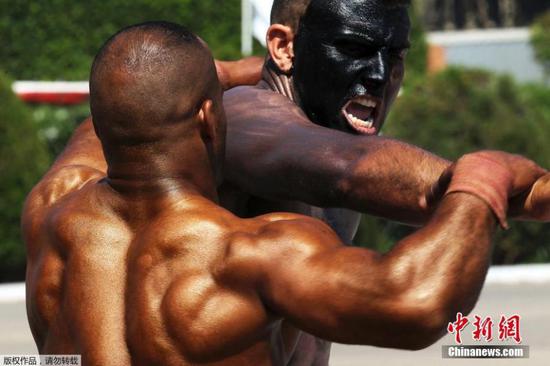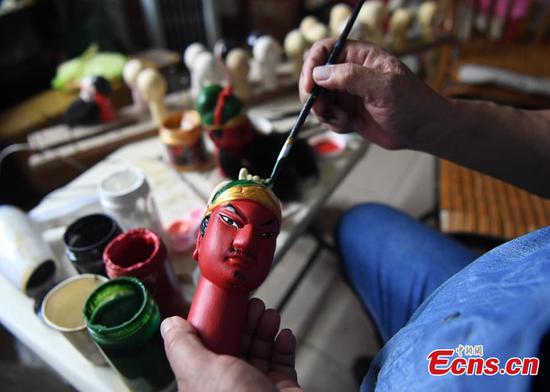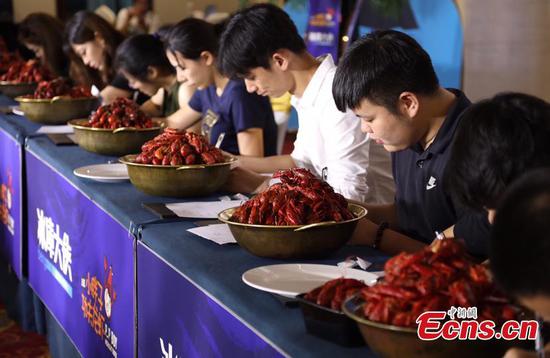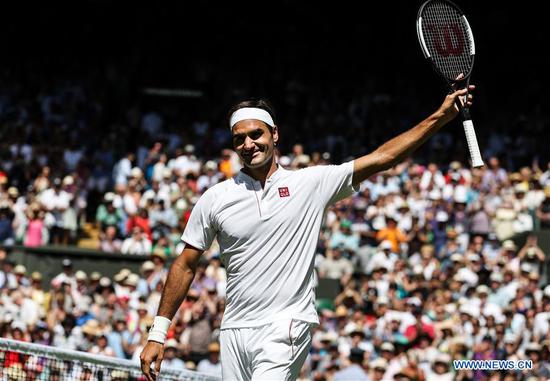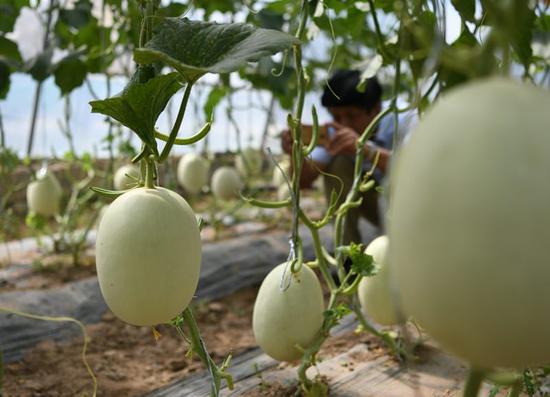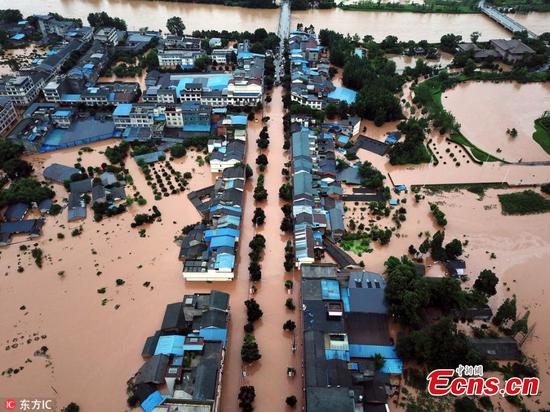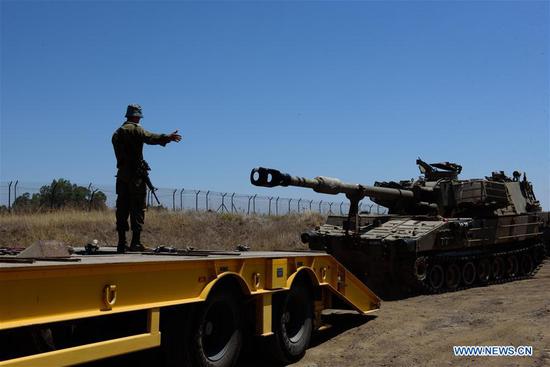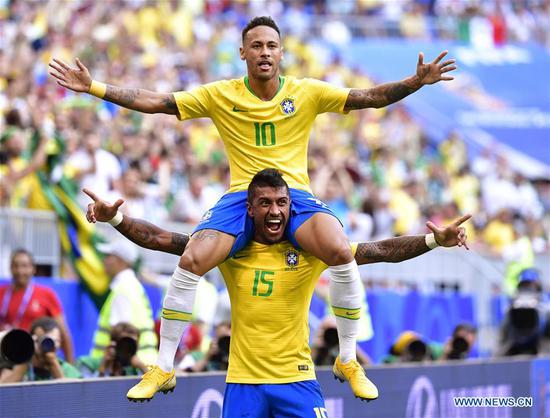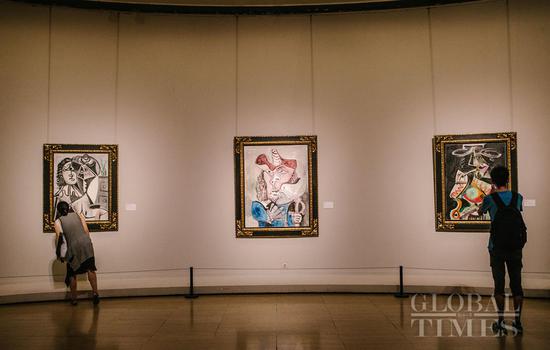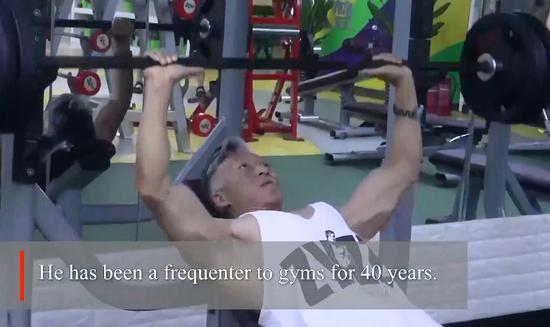or Asian and African football fans, Russia has become the land of glumness.
Asian men’s football took its final blow over night as Japan, the last representative of the continent in the 2018 World Cup, was knocked out 3-2 by Belgium. Teams from Asia and Africa, the world’s most populated areas, have now officially bowed out of the sport’s carnival in Russia after failing to make much of a breakthrough.
None of the five qualified African teams had survived the group stage and Japan, the only Asian side that made to the knockout phase this year, did so by calculating "fair play" points after finishing the first round level with Senegal.
17 years had passed since the dawn of the second millennium and the trophy is still being safely rotated through the hands of the Europeans and South Americans. Asian nations have fared slightly better at the event than their African counterparts during the period. South Korea once had the golden trophy in sight but got stopped in the semi-final by Germany in 2002. They left this year’s tournament at the group stage.
The 2002 record in Seoul didn’t usher in a sweeping World Cup power restructure. Never has any Asian or African team ever advanced further than the quarter final in the following four games. Since the South Africa World Cup the prospect has been dimming. Ghana, South Korea and Japan managed to break into the round of 16 in 2010 with Ghana moving one step further. Four years later Algeria and Nigeria kept the flag flying for African football in Brazil after their Asian peers were forced out of the competition, only to be eliminated at the first knockout round. Japan’s continuation into the quarterfinal this summer and their persistence, all the way to the last minute before the killer score, together with South Korea’s 2-0 win over Germany before the knockout round has defended Asian football’s reputation, but it is to no avail as far as winning the trophy is concerned.
On the FIFA global ranking (as of July 3, 2018), the rift between traditional strongholds and the challengers is still notable. The top 20 teams are either from Europe or South America with the only exception of Mexico, at the 15th. Tunisia, the northern Africa country, comes at 21st and Senegal ranks the 27th. The highest ranking Asian country is Iran, at 37th (Australia, now competing within the Asian Football Confederation (AFC), is one slot ahead Iran though), and S. Korea, the third best in the AFC, is trailing at 57th globally with Japan four positions behind.
Asian and African football advanced significantly on the global stage during the second half of the 20st Century, yet is struggling to further close the gap with the established nations in recent years – a pattern that may strike economists as familiar with emerging markets striving to join the advanced states.
Among the interested, Melanie Krause of Germany’s Hamburg University and Stefan Szymanski of the University of Michigan published a paper in 2017 believing that there is an analogue worth drawing between the laws that dictate success in football and that of an economic sector within a country. Combing through more than 25,000 games played out between nations through 1950 to 2014, the two researchers found an “unconditional convergence” in the global football that may explain the fast catching up of the developing national teams and a sport’s version of “middle income trap” whereby the momentum to strengthen is slowing.
The “convergence hypothesis” supposes that poorer economies tend to realize higher rate of income growth than rich ones because their margin for productivity increase is larger, thus eventually plugging the income gap between the two groups until hitting the “middle income trap” wherein the emerging economy loses its competitive advantages such as cheap labor. If the convergence is “unconditional” the rift would close “on itself” naturally. As much as the theory sounds alluring, empirical data on national economies often finds otherwise but the theory can hold when only comparing the manufacturing sector.
The paper, titled "Convergence vs. the middle income trap: The case of global soccer", claims to find the natural reinforcement in football.
“It is obvious that for very weak teams, performance improvements are easier to achieve than for teams in the middle. Starting at low levels, better sports infrastructure, better nutrition and fitness plans, more effective training techniques, expanded knowledge of tactics and insights from abroad, gained by players or a foreign coach, can go a long way"
One of the underlying factors that drives the “unconditional convergence” in the sport, the two authors argue, is the increasing globalization of football: “the global nature of soccer facilitates the transfer of technology and skills. Weaker teams can catch up by adopting stronger nations’ training and talent selection techniques and by investing in their sports infrastructure.”
Additionally, a globalized player and coach market lubricates the free movement of talents from weaker nations to the world’s top leagues. After they return to serve in the national team, the benefit is obvious. Furthermore, the global and regional governance of football helps unify the rules. No matter where the rivaling teams come from to duel, they do it under the mutually recognizable framework.
However, after the low-hanging fruits have been picked up with capital investment, reaching for higher targets can be demanding in different ways, according to the paper. Being caught in the “middle income trap for football” does not mean the force of globalization would start working against the weaker teams. It may demand deeper regional integration as “relatively good teams from Africa or Asia can gain less from regional integration where they meet even weaker peers. They simply have fewer opportunities to hone their skills against the world’s top national teams, becoming stuck in the soccer analogue of the middle income trap.”
“This calls for stronger integration not only within but also between regions, an argument which can easily be made for other industries as well”, the paper concludes.

















